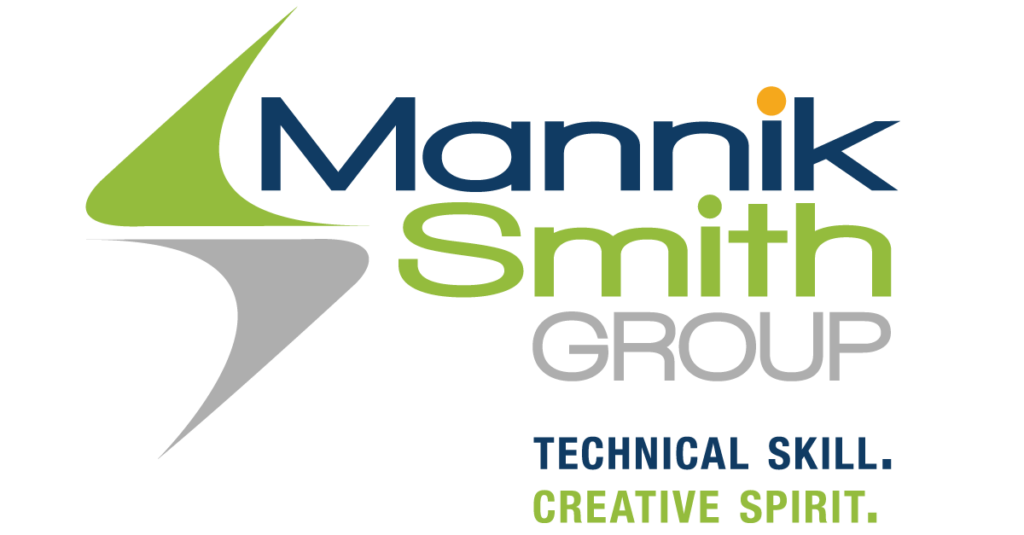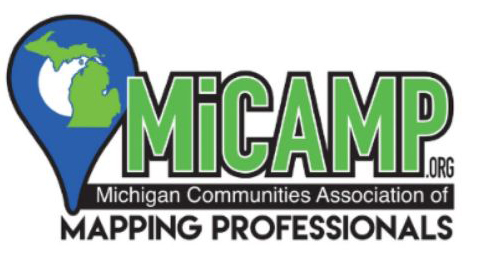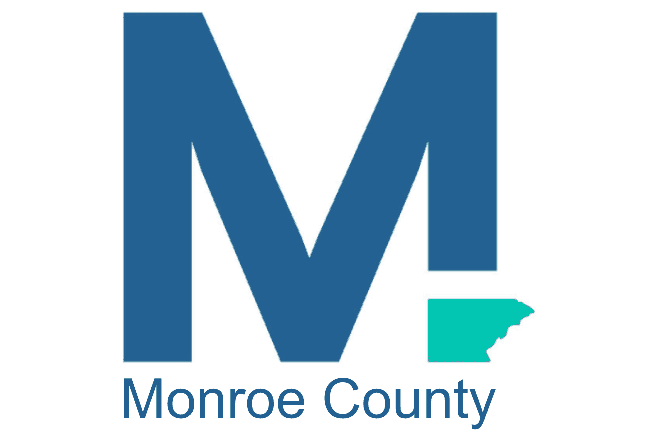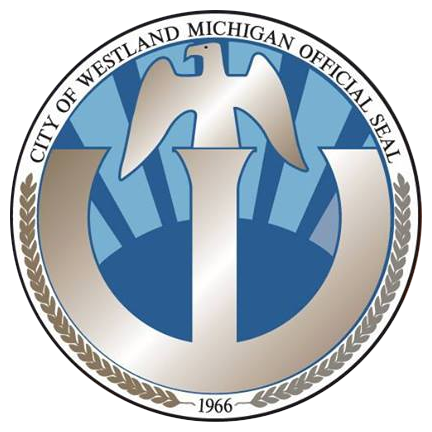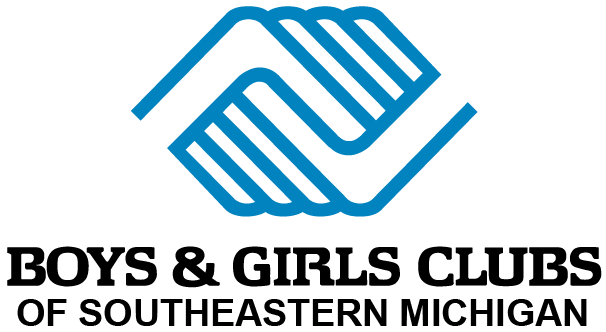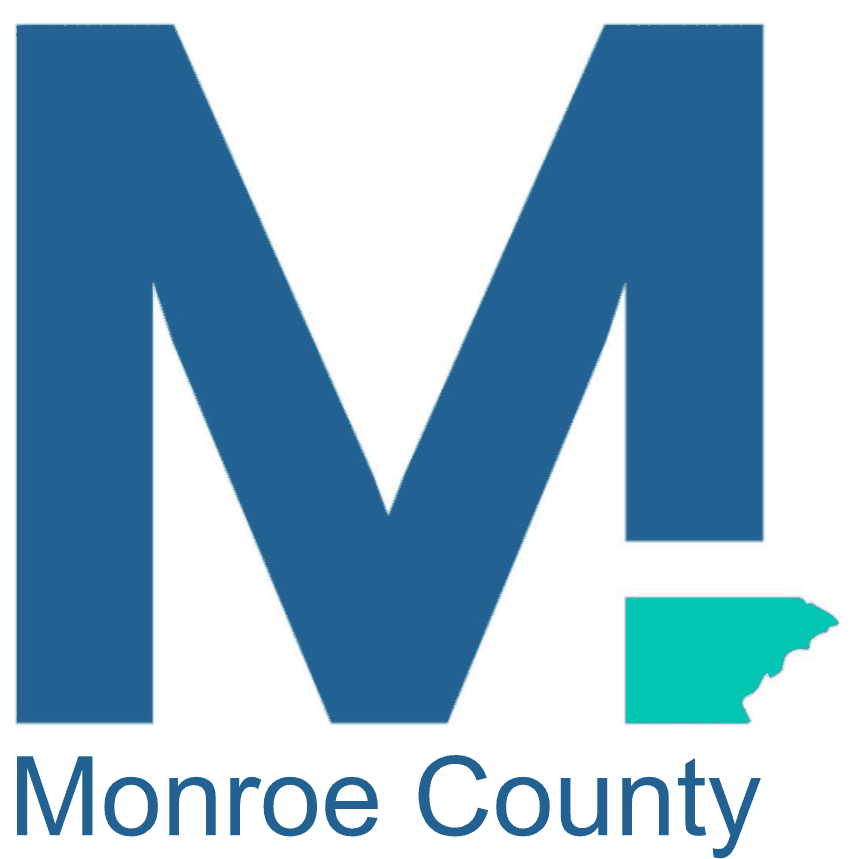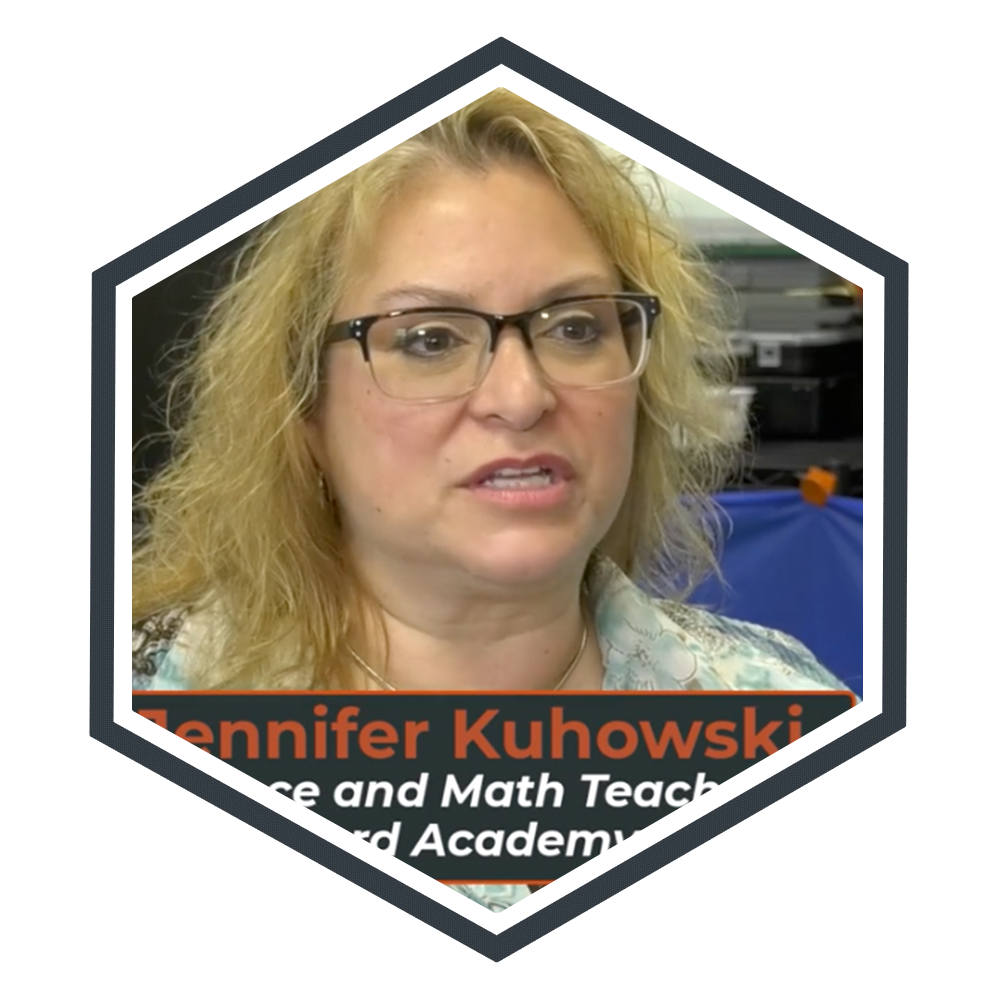Geospatial Technologies Talent Consortium
About the Geospatial Technologies Talent Consortium
Students arrive at their internships with 9 college credits in GIS through Eastern Michigan University, their own ESRI licenses, and experience with ArcGIS.
GTTC Student Internship Showcase (Summer 2021-2023)

Students Participated in University Coursework
Wayne County Student Internships




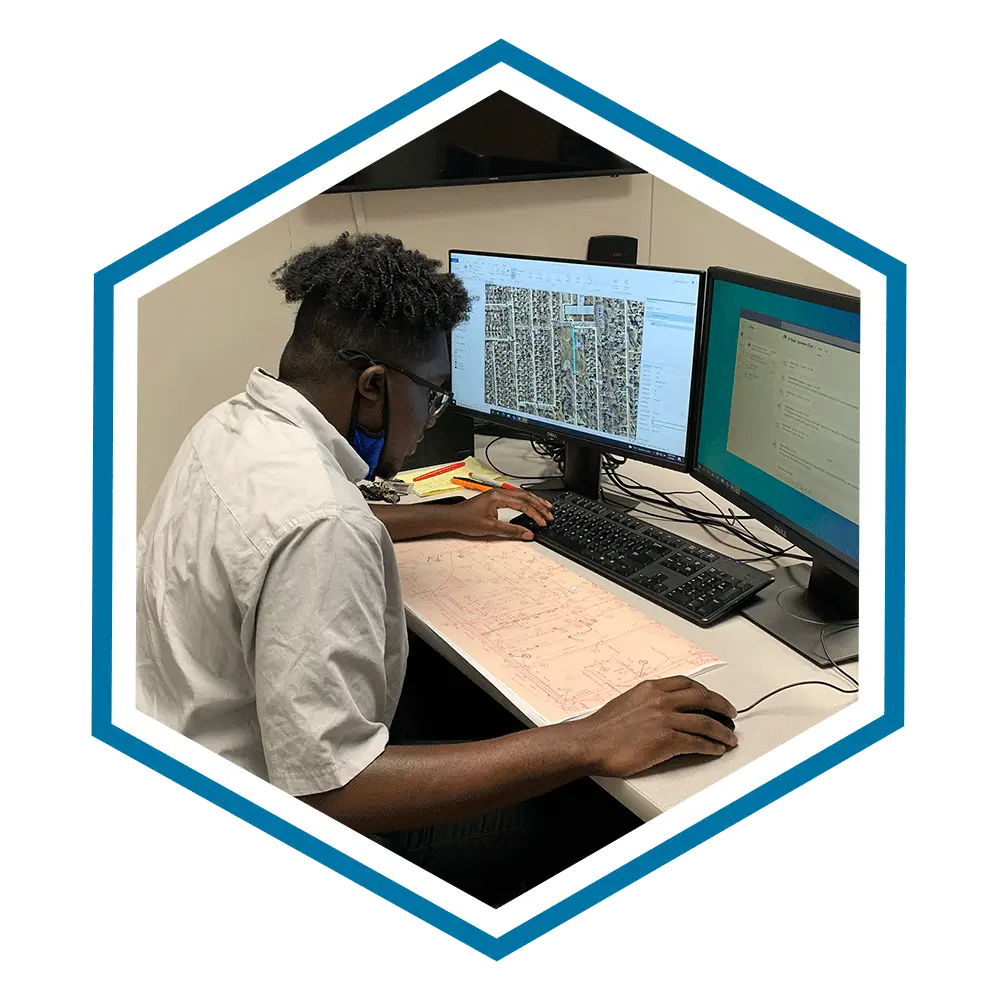
Student Presentations
Student Interviews
Israel Hernandez-MurilloGIS Intern at Mannik & Smith Group, Henry Ford Academy
Bryce Kilburn, Molly Oliver, and Mira BraceySenior Students, Henry Ford Academy
Business Partner Interviews
Mike CousinsPractice Leader GIS OHM Advisors
Ray LillibridgeSenior Technical Leader OHM Advisors
What is GIS?
GIS technology is a crucial part of spatial data infrastructure, which the White House defines as “the technology, policies, standards, human resources, and related activities necessary to acquire, process, distribute, use, maintain, and preserve spatial data.”
GIS can use any information that includes location. The location can be expressed in many different ways, such as latitude and longitude, address, or ZIP code.
Many different types of information can be compared and contrasted using GIS. The system can include data about people, such as population, income, or education level. It can include information about the landscape, such as the location of streams, different kinds of vegetation, and different kinds of soil. It can include information about the sites of factories, farms, and schools, or storm drains, roads, and electric power lines.
With GIS technology, people can compare the locations of different things in order to discover how they relate to each other. For example, using GIS, a single map could include sites that produce pollution, such as factories, and sites that are sensitive to pollution, such as wetlands and rivers. Such a map would help people determine where water supplies are most at risk.
What Our Industry Partners Are Saying…
I just wanted to write to let you know this has been a great experience for me personally and the Information Systems Department here at the City of Livonia. I hope you keep this program going for future GIS students.
Paulina Appel
Computer Administrator II, City of Livonia
The interns have been great! I am hoping our students have had a good experience and learned a few things. They have done a great job and we were wondering if there is a way to extend the internship…. We have a lot more data to get through and will be interested in doing this again next summer also.
Bryan Agosti
GIS Coordinator, The Mannik & Smith Group, Inc.
Paulina Appel
Computer Administrator II
Bryan Agosti
GIS Coordinator


Internship Projects
The GTTC, stakeholder partners, schools and employers collaborate to create successful student high-tech internships. From 2021 to 2023, thirty-six student interns in southeast Michigan completed paid internships in 13 companies and agencies.
COMPANY
INTERNSHIP PROJECT
Boys and Girls Clubs of SE Michigan
Drone Summer Camps
GTTC Student Interns led multiple drone summer camps for upper elementary and middle school students.
City of Ann Arbor
Traffic control systems
City of Livonia
Public water mains attribution
City of Westland
Water utility infrastructure
Detroit Region Aerotropolis Development Corporation
Urban air mobility
Eastern Michigan University Department of Geography
Watershed field data
Merit Network
GIS technologies rotation
With a roundtable approach, the intern not only gains GIS skills, but also experiences the dynamic nature of a career in GIS. The internship includes building a Story Map for the Michigan Moonshot program and developing a Field Maps application and/or Dashboard to facilitate and track field operations. The intern also learns about interviewing internal stakeholders to define project requirements as well as how to have users test and validate GIS products
Mannik & Smith Group
Searchable web map
MiCAMP
Shoreline change detection
Michigan State Police
Imaging your environment with phones and drones
MiSTEM Northwest
STEM education grant Storymap
Monroe County Planning Department
Land use planning
Navy Systems
Mapping data for mobile workflow
Students worked on ensuring that the mapping data is according to the “ground truth”. Students experienced an emerging area of GIS and the future of mobility in healthcare. The project included using QGIS software and change attributes in a system that is built on GIS and Apple Indoor positioning, which is currently being used in five hospitals.
Special Thanks to Our Partners!
We recognize our outstanding employer partners who have contributed their time, expertise, and collaboration in hosting our summer interns. Their partnership in advancing GIS internships for students will increase the GIS talent pipeline in the region and open doors for students in STEM careers.


